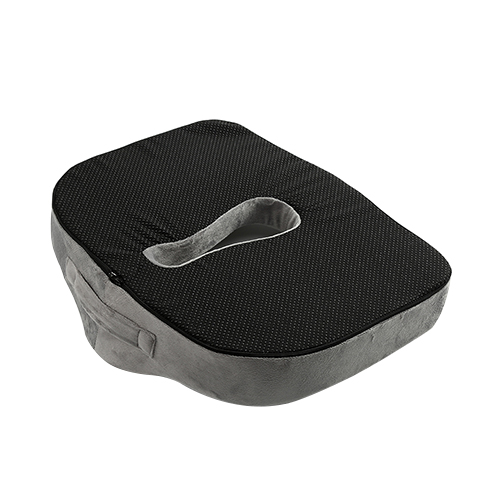Foam Types for Seats and Cushions
2024-03-18
Foam is a versatile material commonly used for seats and cushions in various applications, ranging from furniture upholstery to automotive interiors. Different types of foam offer varying levels of support, comfort, durability, and resilience. Here are some common foam types used for seats and cushions:
1. Polyurethane Foam (PU Foam):
- Polyurethane foam is one of the most widely used types of foam for seats and cushions.
- It comes in various densities, ranging from low-density foam (soft and plush) to high-density foam (firm and supportive).
- PU foam provides good cushioning and comfort, and it's available in different grades suitable for different applications.

2. Memory Foam:
- Memory foam, also known as viscoelastic foam, is known for its ability to conform to the shape of the body and distribute weight evenly.
- It responds to body heat and pressure, contouring to the body's curves to provide personalized comfort and support.
- Memory foam is often used in mattresses, pillows, and ergonomic seat cushions for its pressure-relieving properties.
3. Latex Foam:
- Latex foam is made from natural or synthetic latex rubber and is known for its resilience and durability.
- It provides excellent support and comfort, with a responsive feel that bounces back quickly after compression.
- Latex foam is hypoallergenic, antimicrobial, and resistant to dust mites and mold, making it a popular choice for allergy sufferers.
4. High-Resilience (HR) Foam:
- High-resilience foam is a type of polyurethane foam that offers enhanced durability and bounce-back properties.
- It provides excellent support and comfort, with a balance of softness and firmness that maintains its shape over time.
- HR foam is often used in high-end furniture, automotive seating, and premium mattress toppers.
5. Open-Cell Foam:
- Open-cell foam has a cellular structure that allows air to flow freely through the foam, providing good breathability and temperature regulation.
- It offers soft cushioning and comfort, making it suitable for seat cushions, pillows, and mattress toppers.
- Open-cell foam is less dense than closed-cell foam, giving it a lighter and more breathable feel.
6. Closed-Cell Foam:
- Closed-cell foam has a closed-cell structure that traps air within the foam, providing buoyancy and insulation.
- It is more dense and firm compared to open-cell foam, making it suitable for applications where durability and water resistance are important.
- Closed-cell foam is commonly used in marine cushions, outdoor seating, and flotation devices.
When choosing foam for seats and cushions, consider factors such as the desired level of support, comfort preferences, durability requirements, and budget constraints. It's also important to select foam with the appropriate density and thickness for the intended application to ensure optimal performance and longevity.


